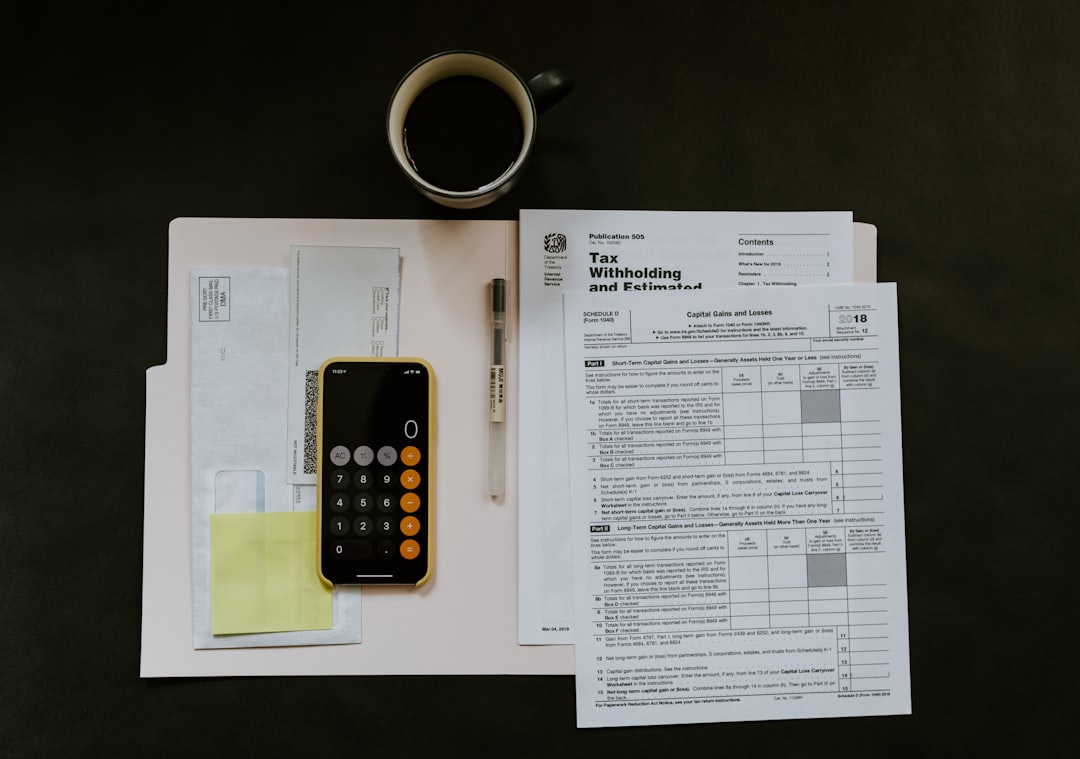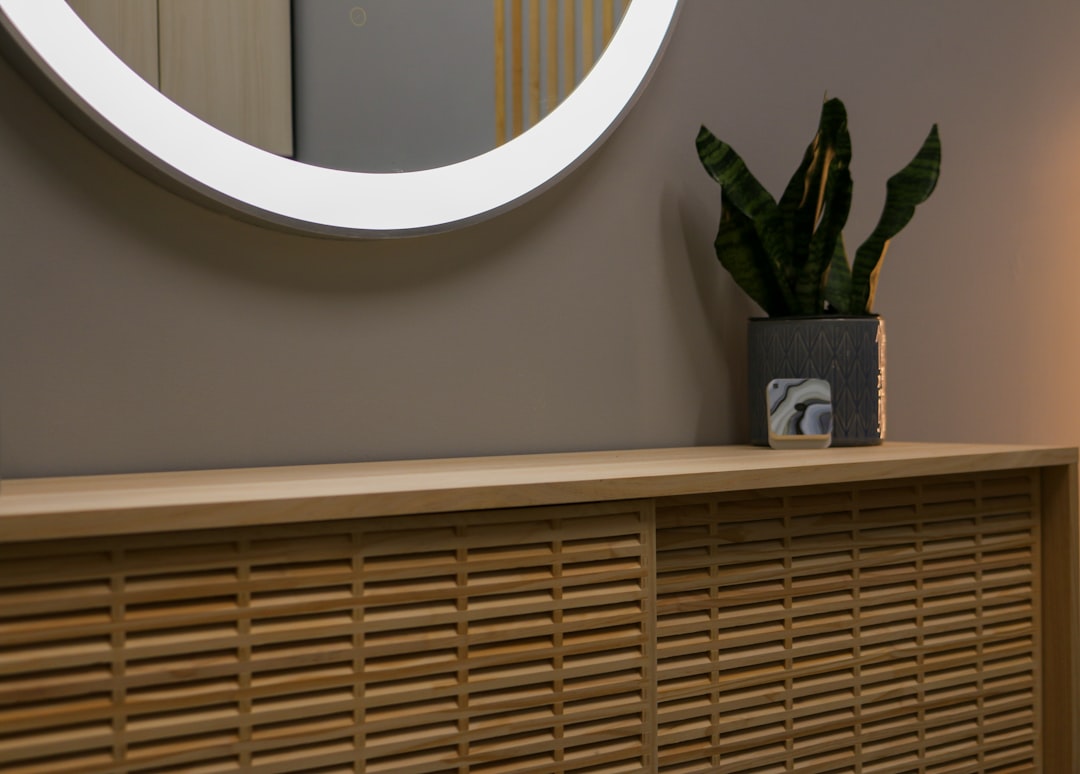Liquid waterproofing is a versatile and innovative approach to protecting surfaces from water damage. This method involves applying a liquid coating that solidifies to form a seamless, waterproof barrier. As a result, it is becoming increasingly popular in both residential and commercial construction projects due to its flexibility, durability, and ease of application.
One of the main advantages of liquid waterproofing is its ability to conform to any surface. Traditional waterproofing methods, such as sheet membranes, often struggle to cover complex or irregular shapes without leaving gaps. In contrast, liquid waterproofing can be applied as easily on flat surfaces as it can on corners and edges, providing a continuous protective layer. This adaptability makes it ideal for a range of applications, from rooftops and balconies to foundations and basements.
Another significant benefit of liquid waterproofing systems is their durability. They are designed to withstand various environmental conditions, including ultraviolet exposure, temperature fluctuations, and chemical contact. This makes them suitable for both indoor and outdoor use. Additionally, their resistance to cracking and peeling ensures long-lasting protection, reducing the need for frequent maintenance and repairs.
The application process for liquid waterproofing is straightforward, which contributes to its growing popularity. It typically involves cleaning the surface, applying a primer if necessary, and then applying the liquid coating using a brush, roller, or spray. Once cured, the coating forms a flexible membrane that adheres to the substrate, preventing water ingress. This ease of application not only saves time but also reduces labor costs, making it a cost-effective solution for many projects.
Sustainability is another reason why many builders and homeowners are turning to liquid waterproofing. Many of these products are formulated with environmentally friendly materials that are free from harmful solvents and volatile organic compounds (VOCs). This not only helps in reducing the ecological footprint but also ensures safer indoor air quality when used in residential settings.
For those interested in exploring liquid waterproofing options, it’s important to consider the specific requirements of your project. Different formulations are available, each designed to meet particular needs and conditions. Consulting with professionals or manufacturers can help determine the best product and application method for your situation. For more detailed information about liquid waterproofing solutions, certain specialized resources can provide invaluable guidance.
As with any construction project, proper preparation and application are crucial for the success of liquid waterproofing. Ensuring that the surface is clean and free of contaminants will help achieve optimal adhesion and performance of the waterproofing membrane. It’s also important to follow manufacturer instructions to ensure the coating is applied at the correct thickness and cured appropriately.
Liquid waterproofing is a promising solution that offers both performance and practicality. Its ability to provide a seamless, durable barrier against water makes it an excellent choice for a wide range of applications. For those seeking reliable and efficient waterproofing methods, exploring the options available from trusted sources is a wise approach. To learn more about these innovative solutions, you can visit this comprehensive resource on liquid waterproofing technologies.







